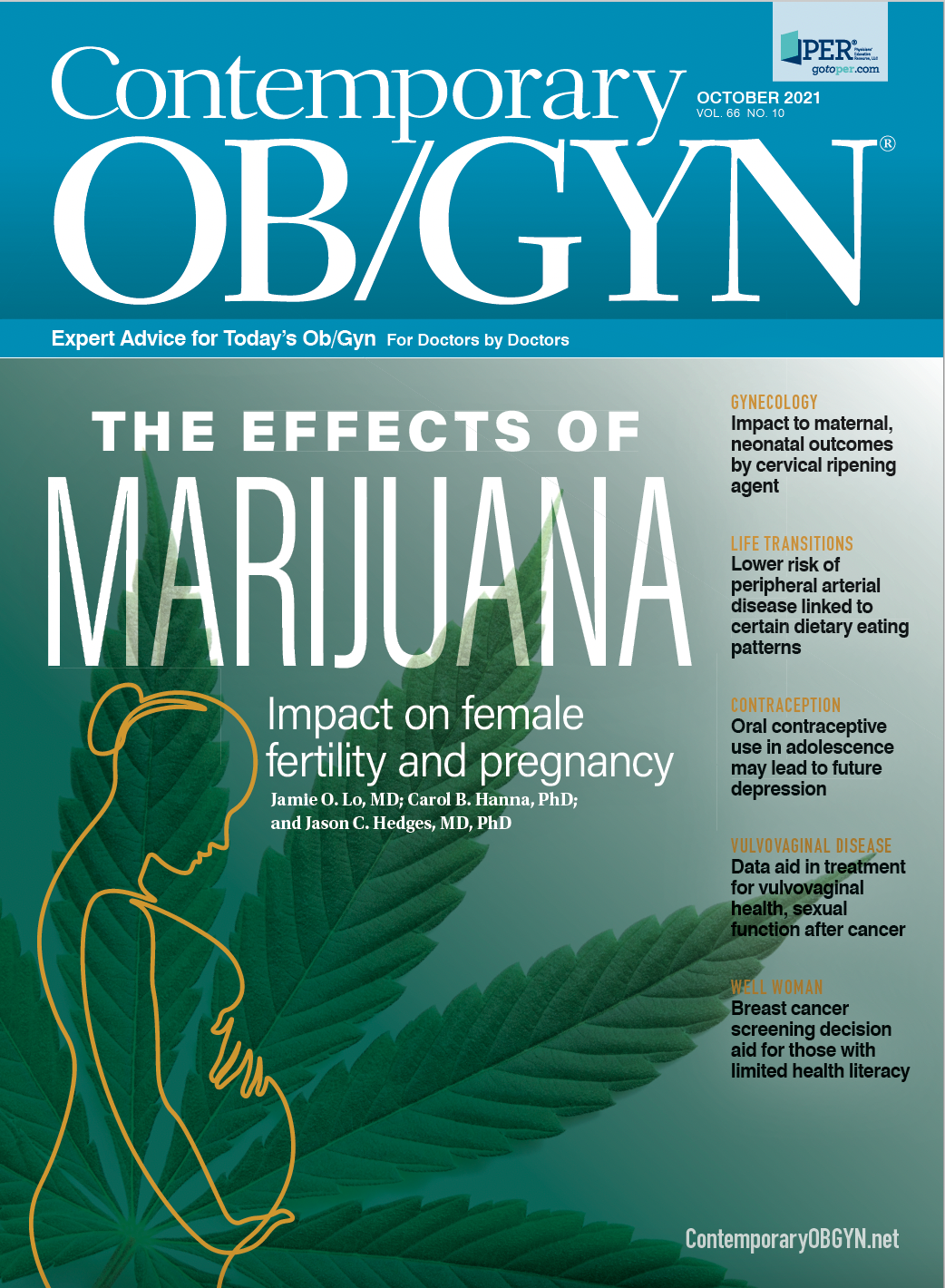Lower risk of peripheral arterial disease linked to dietary patterns
An evaluation of multiple recommended eating patterns has found that intakes of legumes, dietary fiber, and vegetable protein is linked to lower risk of peripheral arterial disease (PAD), whereas intakes of unprocessed red meat, processed meat, and regular soft drinks are associated with higher risk.
The study in the journal Hypertension comprised a diverse population of 138,506 US postmenopausal women from the Women’s Health Initiative (WHI) who had no known PAD at baseline years 1993 to 1998.
Four diet quality indices were assessed by a validated food frequency questionnaire at baseline: the Alternate Mediterranean Diet (aMED) index, the Alternate Healthy Eating Index-2010 (AHEI-2010), the Dietary Approaches to Stop Hypertension (DASH) diet index and the Healthy Eating Index-2015 (HEI-15).
Incident cases of symptomatic PAD in the lower extremities were determined and adjudicated through March 2019 via medical record review. During a median 18.6 years of follow-up, a total of 1,036 cases of PAD cases were identified.
All diet quality scores were significantly and inversely associated with a 21% to 34% lower risk of PAD when comparing the highest to the lowest quartiles (all P for-trend values ≤ .010).
AHEI-2010 represented the 21% lower risk and DASH the 34% lower risk of PAD. Higher scores of the 4 diet quality indices were in general connected to older age, higher levels of education and family income, and healthier lifestyle behaviors including nonsmoking, moderate alcohol drinking, and regular exercise.
Participants with higher diet quality scores were also leaner; less likely to have prevalent hypertension, diabetes, or coronary heart disease or stroke; and more likely to be in the observational study than the clinical trials.
The 4 diet quality indices had moderate-to-strong correlations with each other, ranging from 0.54 between the MED index and HEI-2015 to 0.71 between the DASH index and HEI-2015.
After adjusting for age, race/ethnicity, education, family income and study group, women in the highest quartiles of the 4 diet quality scores were estimated to have 29% (AHEI-2010) to 45% (DASH index) significantly lower risk of PAD as opposed to those in the lowest quartiles.
All inverse associations between the diet quality scores and risk of PAD were attenuated only slightly and remained significant after further adjustment for other lifestyle behaviors, body mass index (BMI) and metabolic factors linked to PAD, including blood pressure, dyslipidemia, and diabetes.
The potential role of overall diet quality in the development of PAD has not been well investigated in epidemiological studies and findings are inconsistent, according to the authors. For instance, the US Atherosclerosis Risk in Communities Study found no clear associations between data-derived dietary patterns and risk of PAD.
Also, the current study did not find any inverse association between moderate alcohol drinking and risk of PAD, which some previous studies have reported.
Multiple biological mechanisms may cause the observed inverse associations between healthful eating patterns and risk of PAD observed in the present study. Besides the potential advantage of regulating known metabolic risk factors for PAD, like reductions in diabetes risk and blood pressure, as well as an improvement in lipid profiles, a healthful diet might decrease inflammation, oxidative stress, and endothelial dysfunction, thus prevent or delay the progression of atherosclerosis.
“Our findings suggest that current clinical and public health strategies that recommend healthful eating patterns may also be applicable to PAD prevention,” wrote the authors.
References
- Chen G-C, Arthur R, Mossavar-Rahmani Y, et al. Adherence to recommended eating patterns is associated with lower risk of peripheral arterial disease: results from the women's Health Initiative. Hypertension. 2021;78(2):447-455. doi:10.1161/hypertensionaha.121.17432

